Deadly bacterial infections spread in tap water, CDC warns — are your faucets safe?
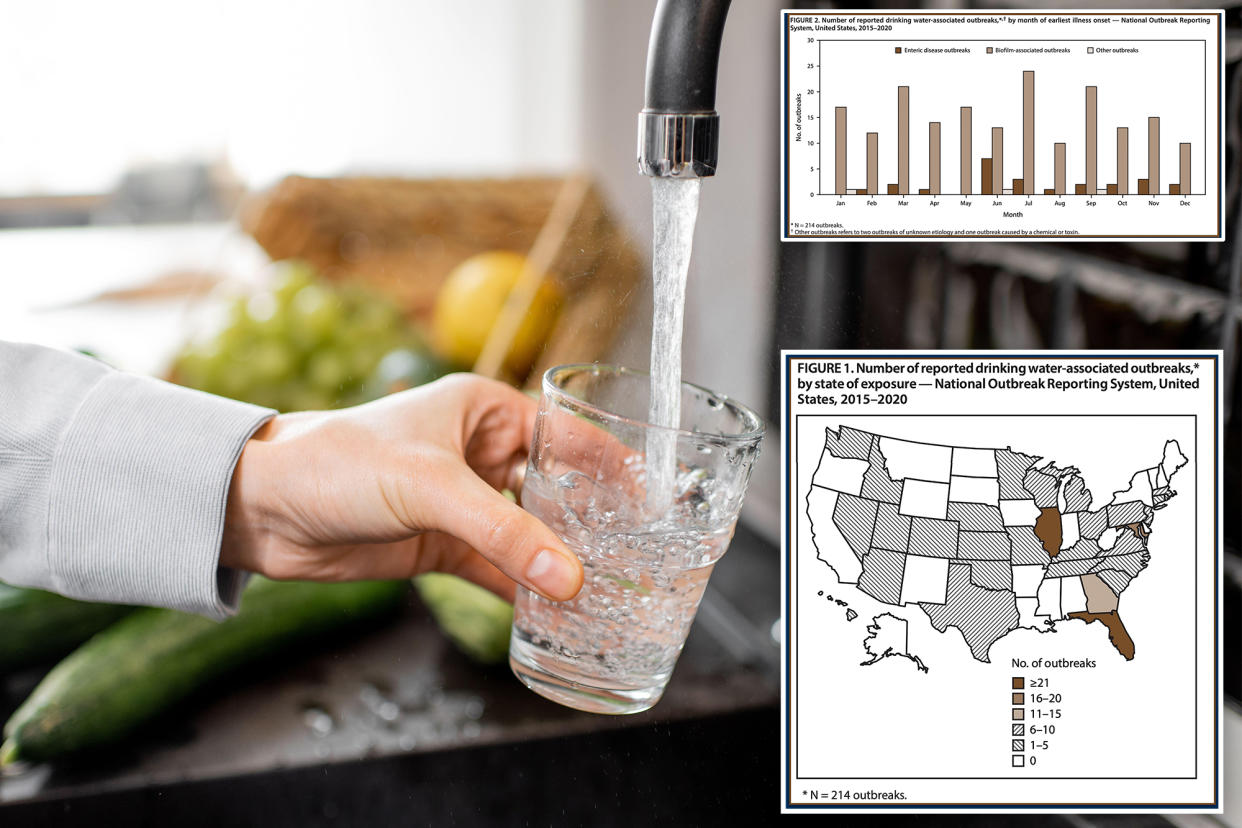
This will put a bad taste in your mouth.
New data from the Centers for Disease Control and Prevention shows that, from 2015 to 2020, 214 enteric disease outbreaks — caused by pathogens including E. coli, campylobacter or shigella — and more than 2,000 cases of illness were associated with drinking water, 80% of which were linked to public water systems.
The study, which analyzed data from 28 states, found that legionella, a biofilm bacteria that can cause potentially lethal Legionnaires’ disease, was the “most implicated etiology,” or cause, of public water system outbreaks.
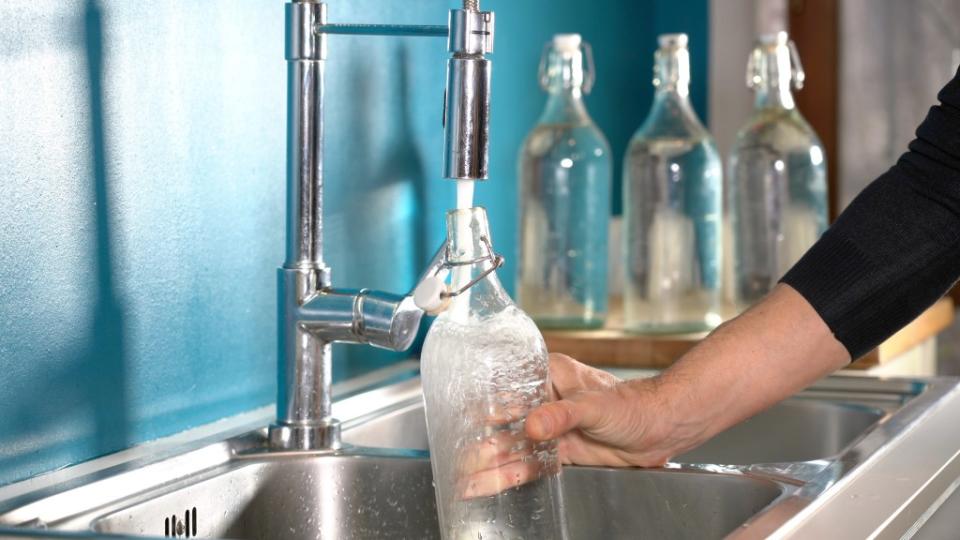
Coupled with the prevalence of “forever chemicals,” microplastics and toxic contaminants — such as arsenic, uranium, lead and more — in our water, it begs the question: Is it OK to drink from the tap?
Typically, water in the U.S. is “very safe,” Dr. Linda Yancey, the director of infection prevention at Houston’s Memorial Hermann Health System, told Parade.
“We have one of the most advanced water systems in the world, but untreated tap water is not the best choice for some,” she explained.
While it may be safe to drink when you’re thirsty, experts recommend against using tap water in things like neti pots, CPAP machines and humidifers.
“Our body has defenses against these organisms like the acid in our stomachs and the robust immune protection in the GI tract,” Yancey explained. “But when we use tap water in ways that bypass these protections, it can cause trouble.”
She added: “In CPAP machines and humidifiers, the water goes directly into the lungs and can cause pneumonia. For nasal irrigation, there is a small risk of an amebic infection because the water comes into contact with nerves that go straight to the brain.”
Last year, a Florida resident died after contracting a rare “brain-eating” infection after rinsing their nose with unboiled water from the tap.
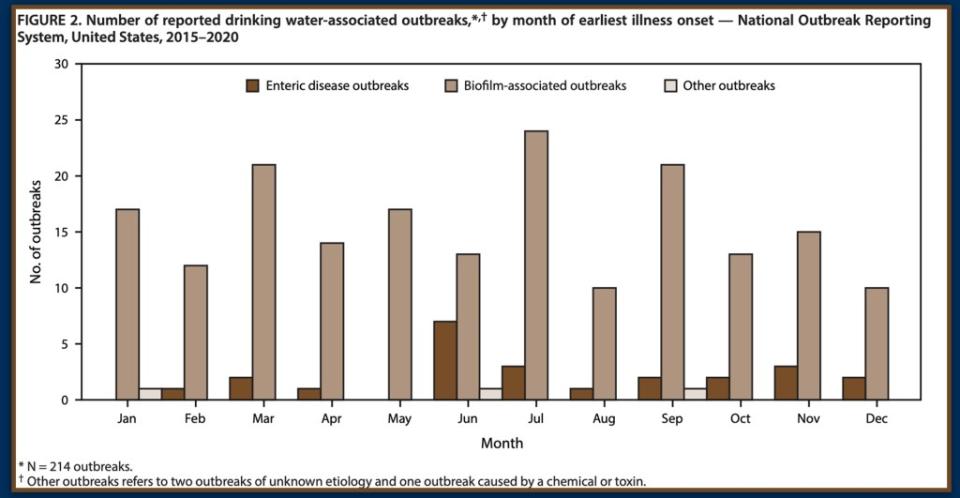
Experts also warned against using water from the faucet to clean wounds and contact lenses due to the elevated risk of infection, as well as preparing infant formula since babies are more vulnerable to illness.
Too much nitrate exposure can cause infants to develop methemoglobinemia, or “Blue Baby Syndrome,” cautioned Dr. Rianna Murray, an assistant research professor at the University of Maryland.
“People in regions with consistently good water quality might be less aware of the potential risks and may perceive water contamination as a problem that primarily affects other regions or communities,” Murray told Parade.
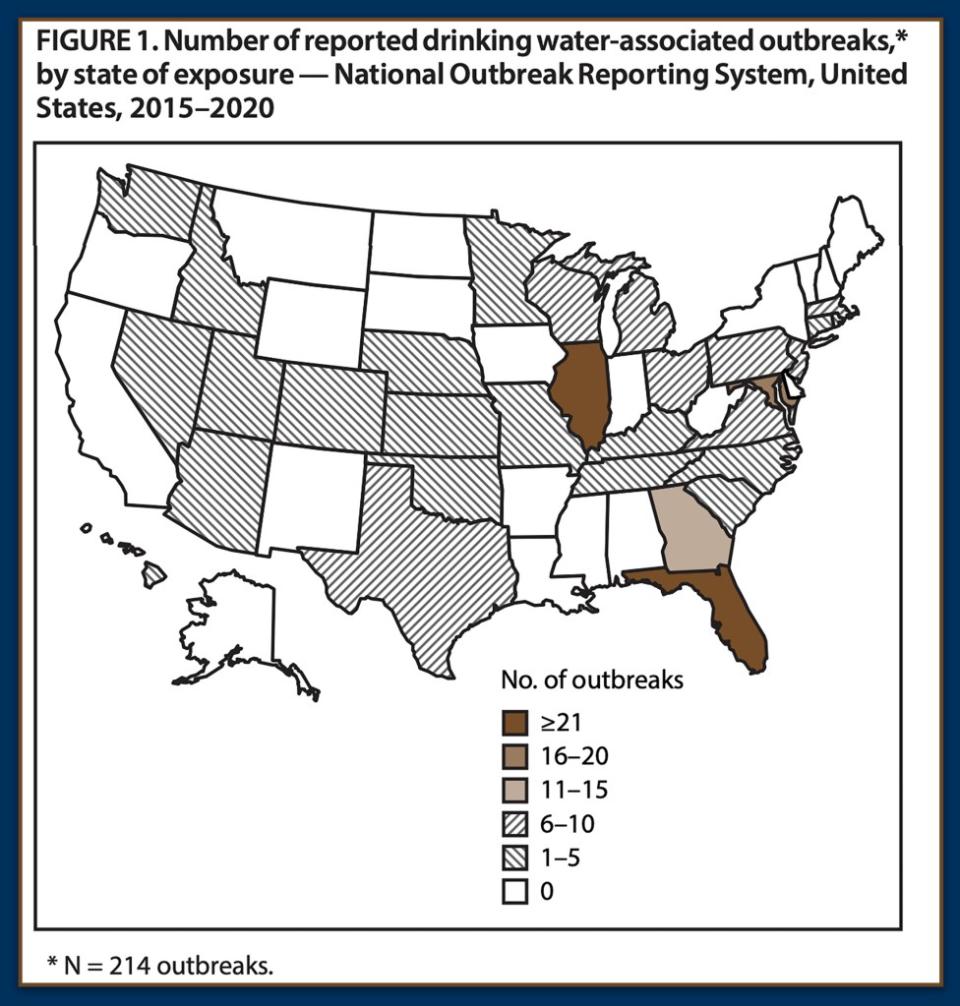
“In some cases, language barriers may prevent people from understanding available information about water quality in their area, limiting their awareness of potential risks.”
So, if health officials advise you that “it’s crucial to boil tap water” before using it for anything, take heed, she noted.
Even private water systems, such as wells, aren’t safe from the dangers of contamination, according to the CDC report, which called for better water quality surveillance.
But the average person can take water quality into their own hands.
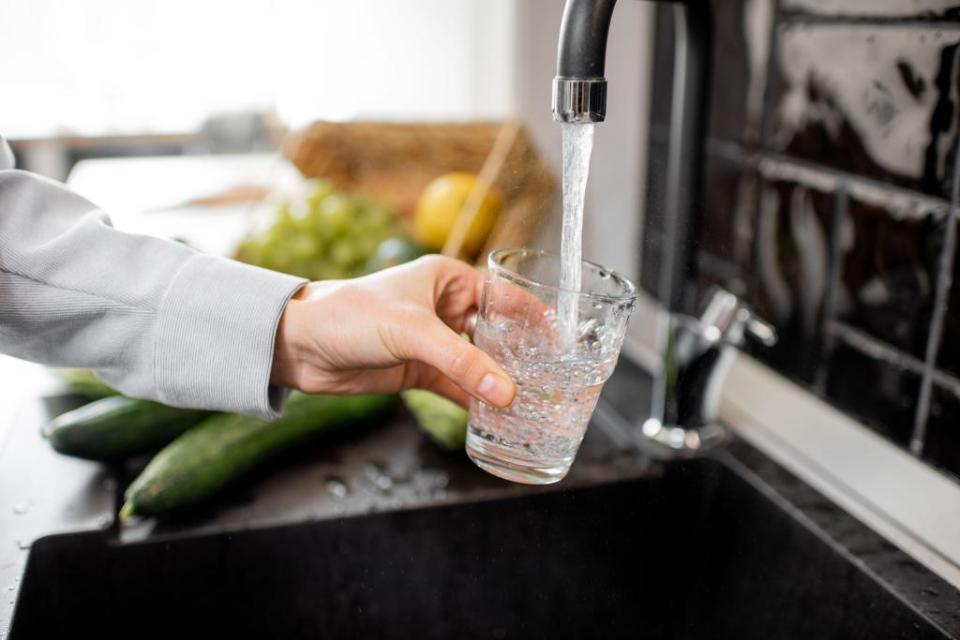
Boiling water for one minute is safe for making formula, using in CPAP machines and drinking, while filters can remove common contaminants, so long as it is used according to the manufacturer’s instructions.
If using municipal water supplies, the experts also encouraged reporting any changes in appearance, taste or smell to water utility, and reading up on your city’s annual drinking water quality report that is mandated by the Environmental Protection Agency.
“If you are concerned about the pipes in your house, they can be inspected by a plumber to make sure there are no issues,” Yancey said. “If you are on well water, you can arrange for an inspection of your system to be sure that it is safe and up to code.”

